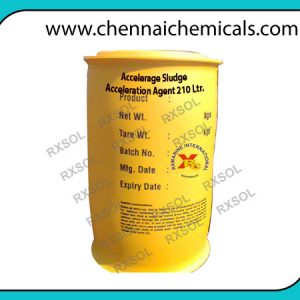Description
Citric acid passivation has become increasingly popular with manufacturers who want to avoid the use of mineral acids or solutions containing sodium dichromate, along with the disposal problems and greater safety concerns associated with their use. Citric acid is considered environmentally friendly in every respect. Although citric acid passivation offers attractive environmental advantages, soaps having success with mineral acid passivation and suffering no safety issues might want to stay the course. There may be no real need to change if those users have a clean soap, well-maintained and clean equipment, coolant tree of iron-containing soap dirt, and a process that yields good results. Passivation treatment in citric acid baths has been found useful for a large number of stainless steel families, including several individual stainless grades. The conventional nitric acid passivation methods are included for convenience. Note that the older nitric acid formulations are in volume percent, while newer citric acid concentrations are in weight percent. It is important to note. in implementing these procedures, that a careful balance of immersion time, bath temperature and concentration is critical to avoid the "flash attack" described earlier, The passivation treatment varies depending on chrome content and machinability characteristics of the grades in each family.
Note the columns referring to Process 1 or Process 2. As shown in Figure 5, Process 1 involves fewer steps than Process 2








